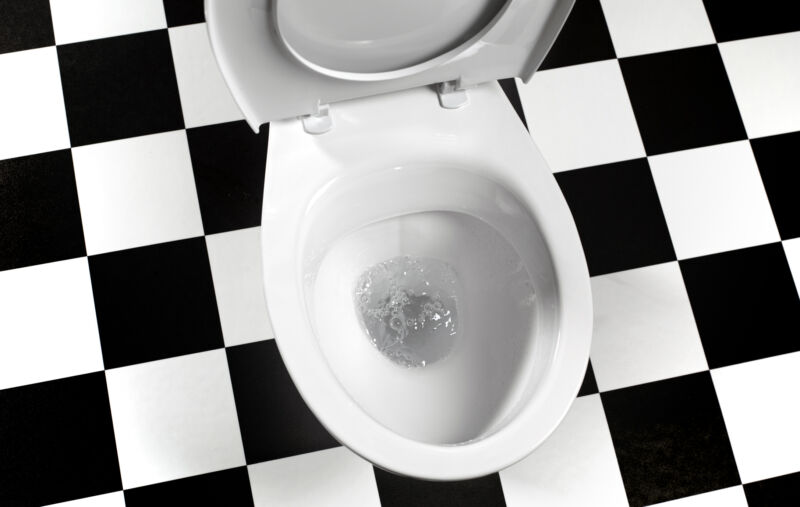Should we be trying to create a circular urine economy?

Enlarge (credit: Peter Dazeley)
Removing urine from wastewater and using it as fertilizer has the potential to decrease nutrient loading in water bodies and boost sustainability by making use of a common waste material.
In excess, nitrogen and phosphorus in our waste streams can stimulate algal blooms and create conditions dangerous to marine and lake ecosystems and human health. According to the website of the Rich Earth Institute, a Vermont-based company focused on using human waste as a resource, most of the nitrogen and phosphorus in wastewater comes from human urine, even though it makes up only 1 percent of wastewater. Removing urine could remove 75 percent of the nitrogen and 55 percent of the phosphorus from municipal wastewater treatment plants. And those nutrients could then be recycled for use as fertilizer.
The rub is against systems that are used to the way things are. Wastewater infrastructure is set up to get waste out of the house, without much thought, using pipes that already exist and toilets people are used to. Urine diversion would require changing some of these details, while putting the diverted material to use will need more acceptance of waste as valuable.